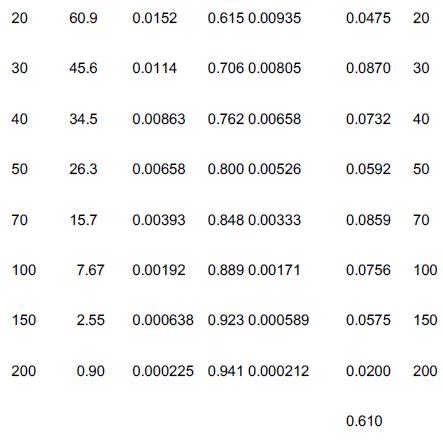Consider again the nonideal reactor characterized by the RTD data in Example 17-5, where E (t) and
Question:
Consider again the nonideal reactor characterized by the RTD data in Example 17-5, where E (t) and F(t) are given as polynomials. The irreversible gasphase nonelementary reaction A + B → C + D is first order in A and second order in B, and is to be carried out isothermally. Calculate the conversion for:
1. A PFR, a laminar-flow reactor with complete segregation, and a CSTR all at the same tm.
2. The cases of T-I-S, complete segregation, and maximum mixedness.
Additional information

Example 17-5
Use an ODE solver to determine the conversion predicted by the maximum mixedness model for the E(t) curve given in Example E17-4.
Example E17-4.
The liquid-phase, second-order dimerization 2A→BrA=−kCA2 for which k = 0.01 dm3/mol·min is carried out at a reaction temperature of 320 K. The feed is pure A with CA0 = 8 mol/dm3. The reactor is nonideal. The reactor volume is 1000 dm3, and the feed rate for our dimerization is We wish to know the bounds on the conversion for different possible degrees of micromixing for the RTD of this reactor. What are these bounds?
The Jofostan students carried out a tracer test by throwing 100 g of tracer (N0 = 100 g) into the reactor that had an entering volumetric flow rate of 25 dm3/min (υ0 = 25 dm3/min) and then measured the exit concentration (C(t) as a function of time t) and the results are shown in columns 1 and 2 of Table E17-4.1. The exit concentration, that is, the C-curve, was then fit to a polynomial. A tutorial on how to fit the tracer data points to a polynomial, for example,
Table E17-4.1


Step by Step Answer:






